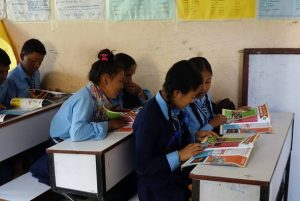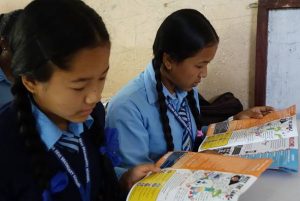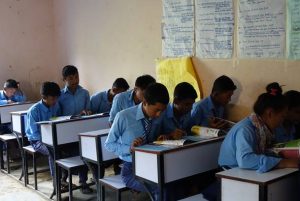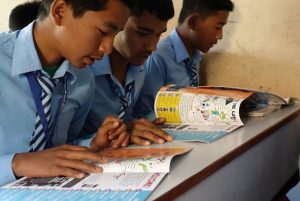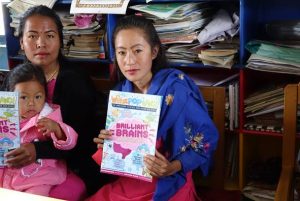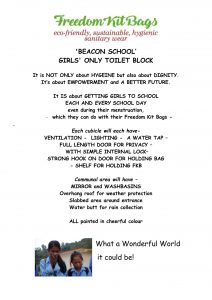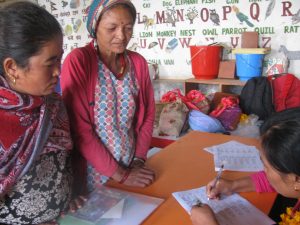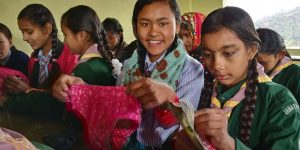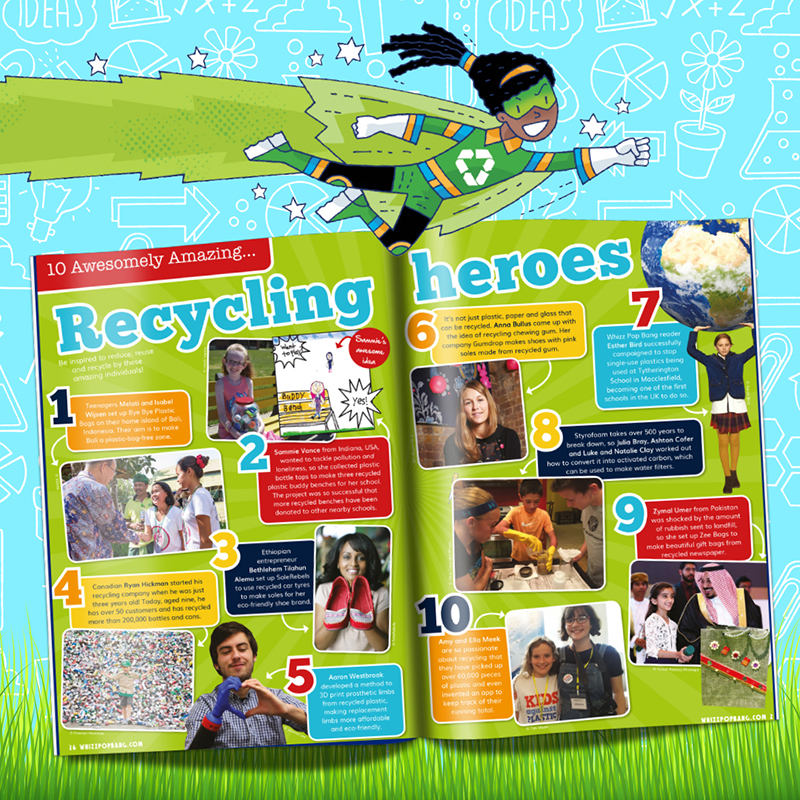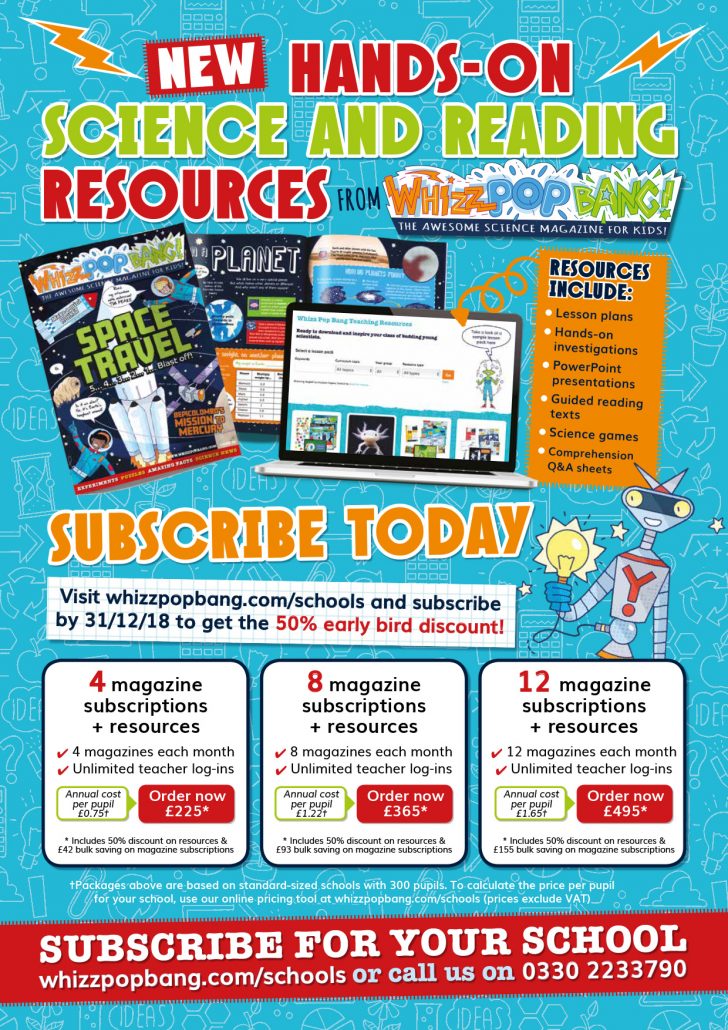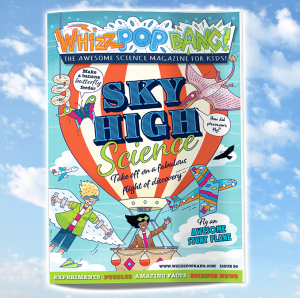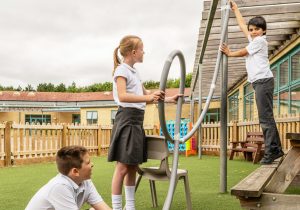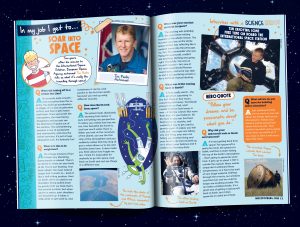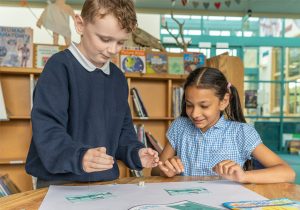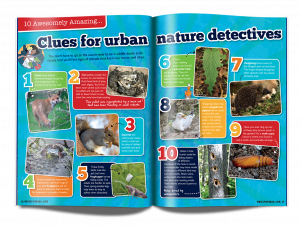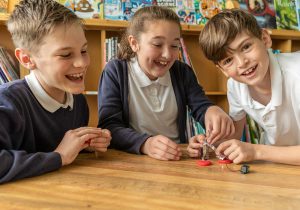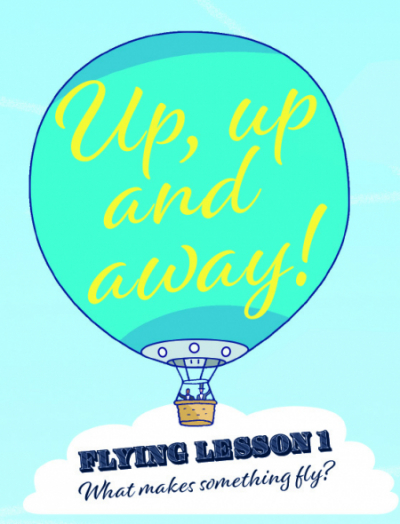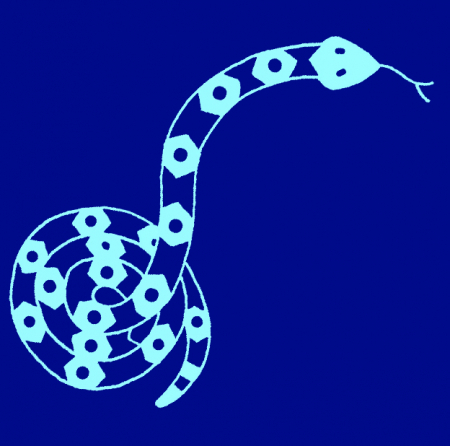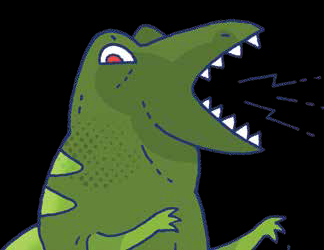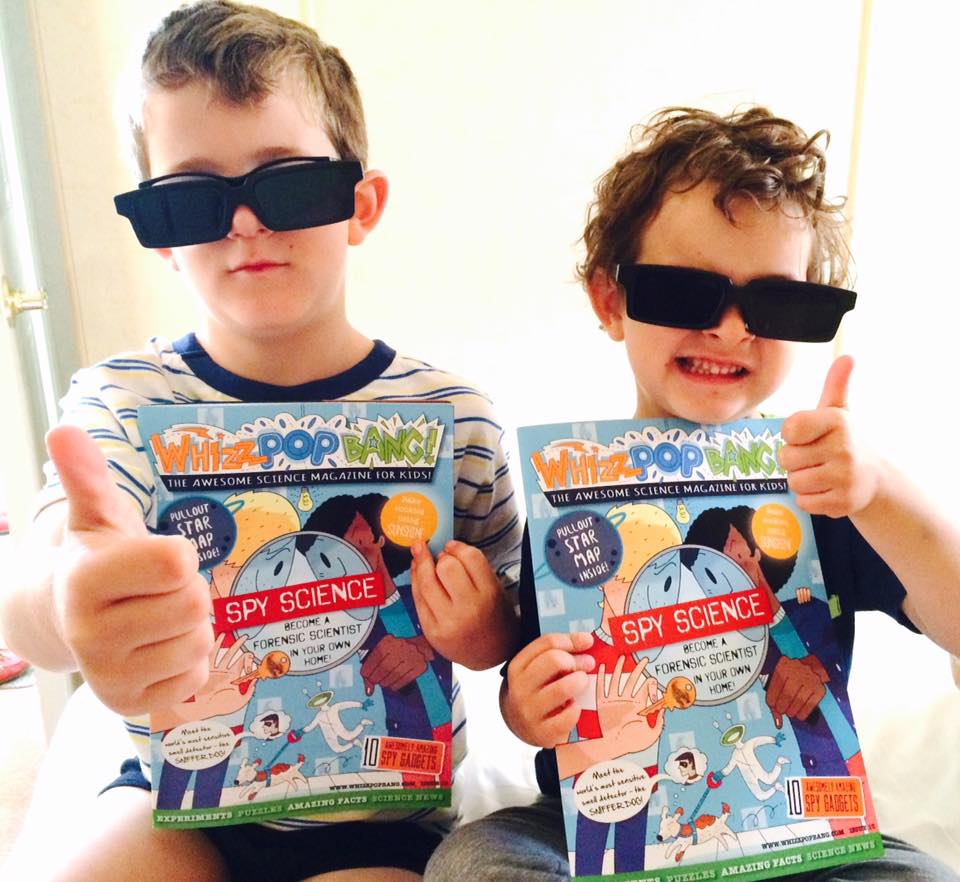
Your reviews and feedback mean the world to us, so thank you to all these families who have taken the time to share their thoughts on Whizz Pop Bang, the awesomely amazing science magazine for kids!
“My 9yr old daughter has received her first copy and is thrilled with it. Excellent magazine. Word of warning though, I do unfortunately appear to have inadvertently learned stuff too due to her constant verbal updates whilst reading it. Be warned, it could happen to you!” 🤯
Gemma Dodgson
“I love the fact that women engineers and scientists feature so prominently. I hadn’t realised this was the case when I first subscribed, and originally subscribed simply because it looked like a fun way to get a greater exposure to science, but it really stands out for me. I also love the use of proper scientific terminology because it familiarises children to this language and makes science more accessible.”
Cat
“My daughter starts asking a week before it pops through our letterbox when will it be here. Best birthday present she’s ever received.”
Nicky Doyle
“My son said “Whizz Pop Bang is the best magazine ever, I love the jokes especially”
Ella Weaver
“My son reads it cover to cover! More than once! He even refers back to back copies. (The pile on the bed is huge!)”
Ed Bickerstaffe
“Fantastic magazine and helps so much with our daughters love of science”
Tracey Cook
“My daughter loves the magazine. She is really excited every month when it arrives. She wants to be a scientist when she grows up so that she can ‘change the world’ and that says it all really!”
Anna Hodgin
“We are a home educating family and I choose not to use the discount because I believe that it is already great value for money. We (age range from 34 – 5) all get excited when Whizz Pop Bang comes through the door. It gives us the opportunity to explore things/people that we may not have heard of before in a style that all of us can understand and use as a base to explore articles further. I personally enjoy ‘Animal antics’, ‘Interview with a science hero’, ‘how stuff works’, Ten awesomely amazing’ and Sensational scientists.”
Leech family
“It is an awesome magazine. As a mum I like that you email me a supply list before the magazine arrives. All three of my children love it ages 6, 13 and 15.”
Michelle
“I’m also a Childminder so I’ve kept all the copies so they can access all the back issues when topics arise at school. I imagine that the babies I mind will look at these in the years to come as well as my grandchildren.”
Caroline Francis
“My child took a copy to school and the teacher was so delighted he said he’d buy W.P.B too! 😁”
E. Yates
“I have been very impressed with WPB. My boys love receiving their own post (in such vibrant and environmentally friendly packaging) each month and can’t wait to open it. The experiments and articles are pitched at the perfect level and inspire them to think about topics that they might not otherwise come across. I will be continuing the subscription for their little sister when she is old enough, too.”
Rebecca Wale
“Whizz Pop Bang is an excellent resource that I have recommended to several parents and teachers. My kids look forward to receiving the magazine every month, and my son is currently reading this month’s out loud to me. Please keep up the good work!”
Cathy Campbell
“I’m an archaeological scientist. I want my son to understand why I love what I do; that science can be beautiful, and awe-inspiring, and fun. Your magazine forms a central part of this nefarious propaganda machine, so … thank you!”
Chloe Duckworth
“I love the accessible feel and the range of topics covered each month. I really appreciate the advance warning emails so I can prepare for forthcoming experiments”
Jo Jenks
“Our daughter loves receiving Whizz Pop Bang looks forward to it each month. She’s excited about science and a passionate feminist so it’s great that the magazine provides role models of women in STEM. We’re also impressed with the decision to use paper envelopes rather than plastic wrappers. Thank you.”
Sarah Giles

